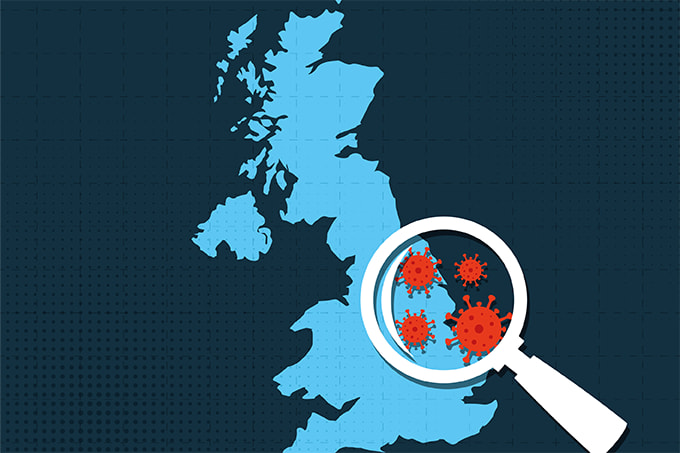
Two years ago, life was going smoothly for me. I taught pathology to medicine and dentistry undergraduates; I practiced as a junior consultant at a lab in the evenings; I had a family with three cute children. Then, suddenly, COVID-19 arrived.
In-person activities stopped abruptly and we transitioned to new norms to keep our work and personal lives afloat. The world witnessed a rapid transition to digital techniques in every area of life – and pathology did not lag behind. Although digital techniques were not new to the field, many pathologists were previously reluctant to leave behind decades of experience with traditional microscopes. The resistance was even greater in developing regions because the cost of digital tools often places them beyond the reach of low-resource organizations.
But, when the pandemic arrived, digital pathology rose to the occasion. Pathologists from all over the world began to look for digital answers that allowed them to work from anywhere rather than requiring their physical presence in the lab. It’s my hope that the benefits of this transition will extend far beyond COVID-19. For example, once a slide is digitized, it can be easily shared to request second opinions, share knowledge, archive, or manage data for research purposes or to make disease models and predict outcomes for specific population segments – another step toward personalized medicine.
What of my personal pathology journey? Unfortunately, it was significantly affected. I left my lab job and restricted myself to online university activity only so that I could support my children’s online learning. Although these changes were necessary, I missed my lab practice and the on-the-job learning it gave me. To fill that gap, I, too, turned to digital pathology. I joined working groups and conducted a nationwide survey with the help of colleagues to raise awareness of digital pathology in Pakistan. I also collaborated with an AI-based tissue image analysis software company who not only provided me with a demo version of their product, but also trained me to work with AI-based software.
Since then, I’ve tried to highlight the obstacles low-resource regions face in adopting digital pathology on many international forums. Although the developing world contains more than two-thirds of the global population and the bulk of its diseases, its access to modern techniques is extremely limited. Now is the best time for technology innovators to come into these parts of the world and collaborate with pathologists and laboratory medicine professionals there – resulting in a win for all of humanity.




